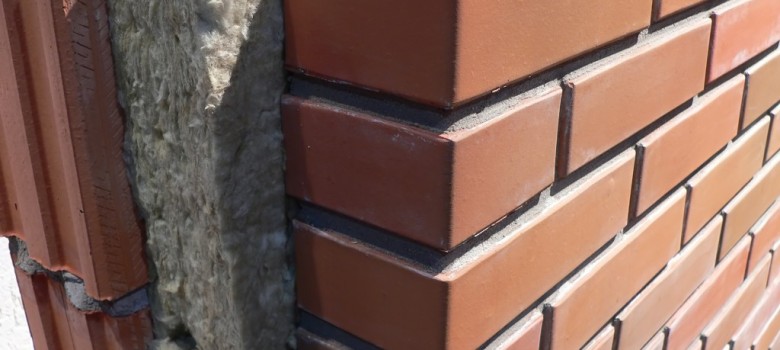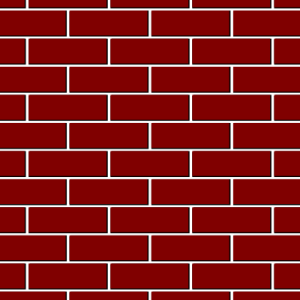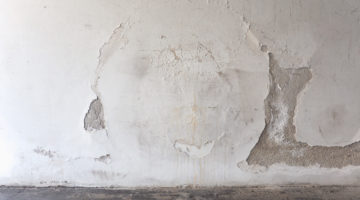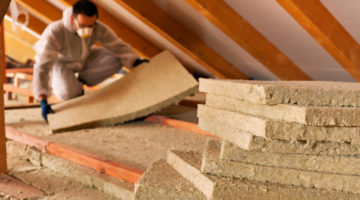
Cavity wall insulation has been around for years, and it remains one of the best ways to help reduce your energy bills. So we at TheGreenAge thought that we should give you a quick guide on what you need to know so that you can maximise energy efficiency of your home. See the video below for a quick introduction!
How do you know if you have cavity walls?
When we do our Green Deal Assessments with clients in London, we stress the importance of insulating the envelope of the property, which includes the roof, the walls and the floor. The first thing we do therefore is check whether the home has cavity or solid walls. There are several simple ways to check this.
Understanding the property age
Generally speaking, properties built after 1930 will have cavity walls. Those built prior will have a solid brick walls. But that isn’t definitive as we encounter many semi-detached properties in London suburbia (Harrow, Edgware, Watford, St Albans, Ealing and so forth) that actually have solid walls, despite their age!
Checking the brickwork
Check your brickwork. If you have bricks end to end across the whole wall, it is a cavity wall (also called a stretched bond – see diagram below). If the bricks are a mixture of ‘stretchers’ and ‘headers’ where there are short bricks and long looking bricks, then you have a solid wall (i.e. no cavity).
Measuring the wall thickness
Sometimes walls are rendered, which makes things a little more tricky since you can’t see the pattern of the bricks. If this is the case, you can try measuring the thickness of the wall through a window or doorway. If it is less than 260mm, it is likely a solid wall. Anything thicker is more likely to be a cavity.
Other ways to check is by looking at un-plastered areas of the house (in the staircase, airing cupboards or in the loft) where you should see either a layer of breeze-block or a layer of brick.
Checking for existing cavity wall insulation
So you have a good idea of whether you have a cavity or not. The next step is to check whether it has been insulated. Modern properties built from the 1980’s onward are generally insulated when they are built, since it is now part of standard building regulations. Homes built prior to this date may or may not have insulation. If it was insulated it after construction date it would have been done so by injecting insulation into the cavity through holes in the wall. You can usually spot where these holes have been covered up on a brick wall along the mortar lines.
So what if you still can’t tell? In this case it is time to call in a professional to come to your property and inspect the potential cavity.
When a professional energy assessor (like one from our team) comes round to your property they will undertake a borescopic examination. This involves drilling a small, non-intrusive hole in the mortar (above the damp coursing) and checking with a borescope (a camera on the end of a fibreoptic cable) for any insulation. We show you how this is done in the video below:
What could Cavity Wall Insulation do for me?
So you know you need insulation, what is it worth exactly? Typically cavity wall insulation costs around £500-1,000, depending on the size of the property and the walls needing to be insulated.
But it can save you serious money on your heating. A detached or semi-detached property could be looking at savings of up to £500 a year, depending on the occupants and how you use your heating. Terraced properties could expect savings of £200-300.
So the payback here is pretty good. You should save enough in the first few years to cover the initial costs of getting the cavities insulated.
In addition, it is well worth remembering that all evidence points to energy prices continuing to skyrocket – over the last 8 years, energy prices have increased by 10% each year. Therefore the quicker you get your walls insulated the better!
If you would like to read more about cavity wall insulation, see our full guide here.













One Comment